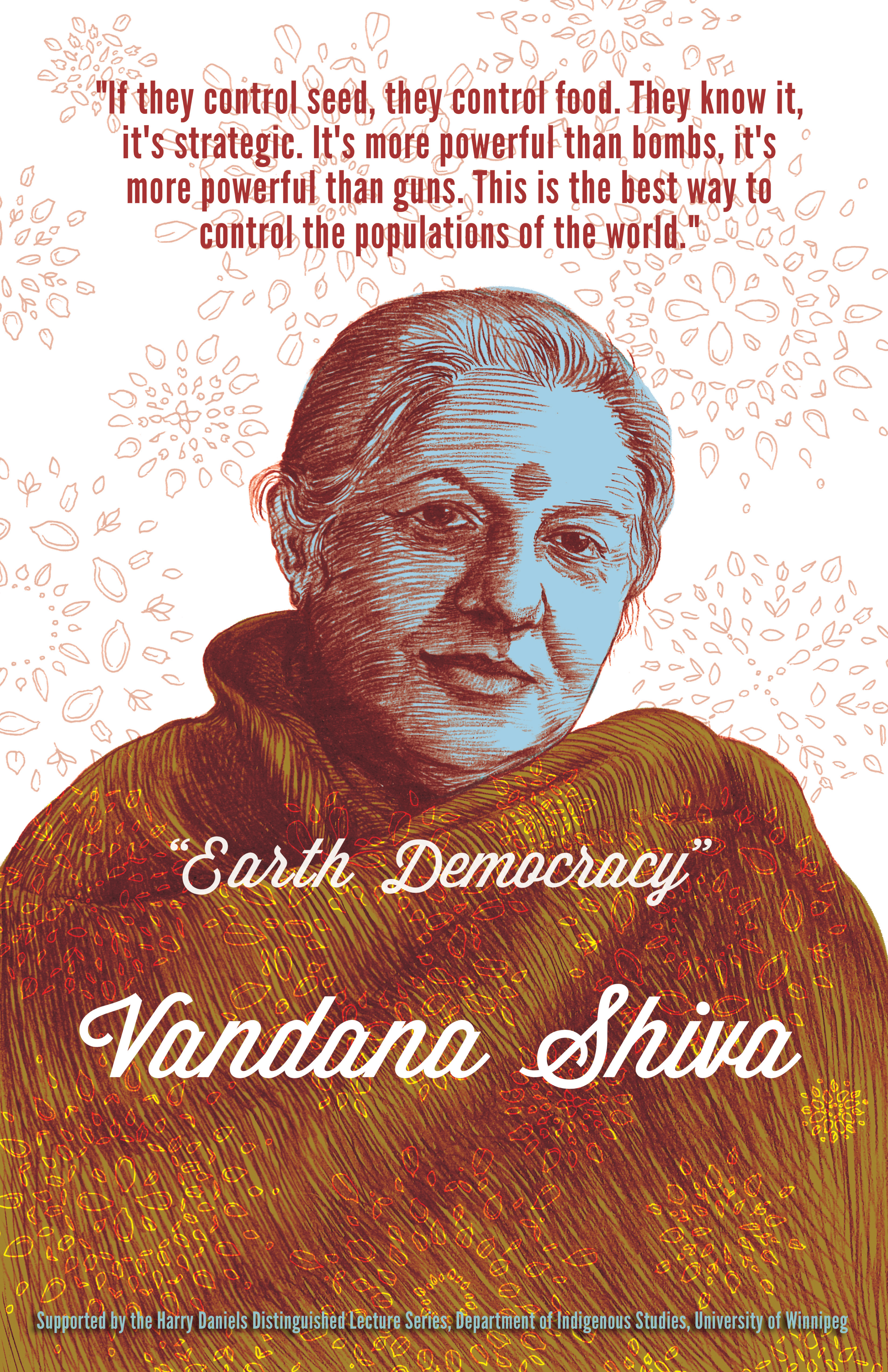The scene occurs in broad daylight, but everything is gray — the sky, the buildings, the ground, the characters’ faces. Jude Law and Ron Perlman are waiting to jump across an opening in a fragmented, war-torn building. Jude Law is handsome, confident, smiling. They must decide who is going to jump first. They discuss whose turn it is, with posh British accents. In most films, the one who jumps first is in the most danger. But here, the first jumper only alerts an enemy to the second. It is Perlman’s turn to jump first, and he is shot in the air by a hawkeyed Ed Harris. The film is Enemy at the Gates and the setting, the Battle of Stalingrad in 1942.
While the film takes many liberties with the story of Vassili Zaitsev, the famous Soviet sniper at Stalingrad (played by Jude Law in the film), it conveys the constant fear of death accompanying the Nazi siege of the Soviet industrial city. For the Soviets in the initial stages of the battle and in the Nazi forces in the battle’s bloody conclusion, the pervading sense of impending doom coming from all sides and at any moment.
The breakdown of total losses is not exact, but can provide an accurate picture of the damage done to both sides. The Red Army had roughly 700,000 dead, wounded or missing in action, while the Germans lost roughly 400,000. The Italians lost 130,000, the Hungarians lost around 120,000 and the Romanians lost 200,000. No one knows exactly how many civilians were victims of this terrible siege, but estimates run close to 50,000. This means an approximate 1,550,050 were either killed or wounded during the eight-month period between July, 1942 and February, 1943 in and around Stalingrad. To put this in perspective, the population of Manitoba is roughly 1,200,000 and the population of Prince Edward Island is roughly 140,000. This means that if every person living in Manitoba and P.E.I were suddenly bombed, shot or starved, they would still be 200,000 people short of the casualties of a single Russian city in World War II.
Hitler’s Operation: Barbarossa, as well as its continuances under different code names, were a series of massive invasions of the Soviet Union beginning in 1941, attempting to do what Napoleon never could: conquer Russia. Initially, German officials and troops were optimistic. In Antony Beevor’s book Stalingrad, he remarks that Captain von Rosenbach-Lepinski told one of his battalions that “The war with Russia will last only four weeks.” This, of course, would be far from true, as the Sixth Army would soon find out.
Stalingrad was fairly low on Hitler’s “must capture” list, initially. He was mainly concerned with the oilfields of he Caucasus region and Stalingrad’s value was only its position on the Volga River and its armaments factories. His obsession with the oilfields in the Caucasus caused Hitler to change his strategy drastically. Stalingrad was, as William Craig calls it, “The city that Hitler never planned to capture, and that Stalin had never intended to defend.” By the summer of 1942, however, this estimation of Stalingrad had changed. The city would provide a cover for the left flank of the German forces heading into the Caucasus region, where Hitler’s obsession resided. Thus, a race had begun to amass forces at Stalingrad.
In the summer and autumn of 1942, Stalingrad was reduced to rubble by German bombers. Stalin sent all available troops to defend the city and the fighting began. In order to repel German forces, the Soviets understood that they would need to utilize the environment they were fighting in. Strategically important streets were defended and remaining buildings were converted into strongholds. In such a compacted urban environment, firefights were close-quartered, often shooting at each other between floors of the same building. For example, a brick warehouse near the bank of the Volga had Germans on the top floor, with Russians on the floor directly beneath them with additional German forces below. Street by street, building by building, floor by floor and room by room, the fighting continued, fast-paced in action but slow in progress. This of course provided the ideal environment for snipers of both sides, with countless piles of rubble and open windows.
The close-range fighting continued until German forces controlled much of the city by the end of 1942. However, the Soviets had bought the time needed to initiate a counter-attack — Operation: Uranus. This counter-offensive saw Russian forces attack from outside Stalingrad, focusing on the less-skilled Romanian regiments, in order to create a pincer that trapped the remaining German forces within Stalingrad, surrounded. The Germans were stuck in Stalingrad, with Soviet forces and anti-aircraft emplacements to cut their supply lines. Despite attempts by German forces to break the pincer from both inside and outside, the Soviets managed to reinforce their grip on the city.
As the Russian winter that depleted Napoleon’s Grande Armée set in, Stalingrad froze solid, yet the trapped Germans fought on desperately, thinking both that reinforcements were coming and that the Soviets would execute them anyway. In late January of 1943, starving, frozen and driven to the banks of the Volga as they had themselves done to the Soviets, the German forces and their allies surrendered.
The Battle of Stalingrad was a major turning point in WWII. The Soviet victory was a morale-booster and provided them with the confidence to march all the way to Berlin. The scope and grueling conditions of the battle are unthinkable, despite the small size of the city itself. 1,500,000 million people died there. Not even Jude Law can smile that away.




